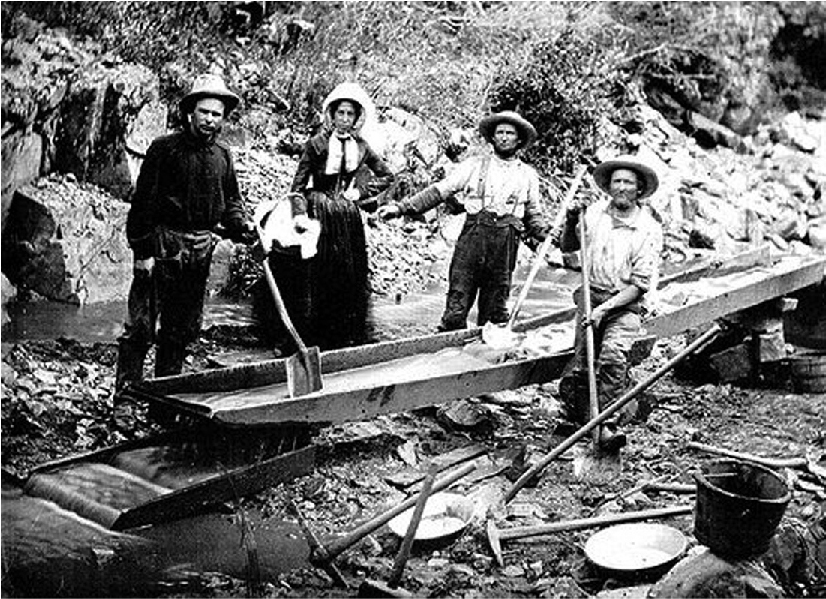Chapter 7: 1844-1860 Inquiry Organizer

Compelling Question: Was the Civil War inevitable? |
|
Chapter Objectives:
|
| Supporting Question 1: How did western expansion contribute to sectionalism? | Resources:
|
| Supporting Question 2: What continuities and changes can be seen in the debate over rights and citizenship for various groups within the United States? | Resources:
|
| Supporting Question 3: How did ideological and economic differences over slavery affect the relationships among the states? | Resources:
|
| Supporting Question 4: How did North and South attempt to compromise in the years leading up to the Civil War? | Resources:
|
Additional Resources:
|
|
Unit 4 Essay Activity
Through this inquiry, students will analyze the social, political, and economic changes that took place in the 1840s and 1850s. Ultimately, students will use the primary and secondary sources in this chapter to practice constructing an essay, in AP Long Essay Question format, demonstrating their skills in explaining historical causation. Students should be evaluated using the AP Rubric. Assess students’ progress in understanding the compelling question for this chapter by assigning the Unit 4 Essay Activity. |
|
Some components of this resource may contain terminology that is no longer used because the terms are recognized to be offensive or derogatory, and some components may contain images that would be considered offensive or derogatory today. These terms and images have been retained in their original usage in order to present them accurately in their historical context for student learning, including understanding why these are not acceptable today.


